
|
Olympus Picture Modes (with E-M1 image samples) |

|
My other articles related to the |
|
Updated 2017/10/30: sample viewing in Flipper
See also: Olympus Picture Modes Revisited (with samples from the E-M1 II) Picture Modes? The Picture Modes, introduced by Olympus with the E-500 back in 2005, are handy packages of image-processing presets, applied to the captured image at the stage of converting it to RGB. These presets originally included sharpening, contrast, and color saturation; now also image gradation. Obviously, Picture Modes do not affect images saved in the raw ORF format, although the preset values are stored with the image: if you ask the Olympus Viewer or Studio application to do the conversion "as shot", the stored presets will be applied. The basic modes provided in the OM-D line of cameras are Vivid, Natural and Muted, and Olympus provides no information about them beyond what you can figure out just from these names.
In the OM-D series (maybe earlier?) Olympus added at the #1 slot a new mode, creatively named Clearly, the guy whose main purpose in life is offending my intelligence is still working there, doing just fine! Two related options are Portrait ("Produces beautiful skin tones.") and e-Portrait ("Produces smooth skin textures", I still have to figure out what they really do, or how do I get both beautiful tones and smooth textures at the same time. There is also the Monochrome mode (to which Olympus mostly refers as Monotone, which means something entirely different); it converts the image to black-and-white, optionally applying a color filter and the tint of converted image. In the recent E-M10 Mk. III Olympus switched to term "monochrome". A glimpse of hope? The mode-selecting interface has been polluted in the recent cameras by including also all "art effects" to it: instead of scrolling through just six or so choices, you have twelve or twenty more). Luckily, camera option settings allow you to remove these (or any other Picture Modes) from the scrolling sequence, to make it more manageable. Just for the record, there is one extra slot, named Custom, allowing you to store your own combination of the four parameters affected. E-M1 image samples To check how the mode selected affects generated picture files, I shot a few series of my lakeside scene; here are the results. (The captions at the left link to the original, unaltered image files.) The camera used was the original (Mark I) E-M1. Except for the Picture Mode, all camera settings remained the same:
|
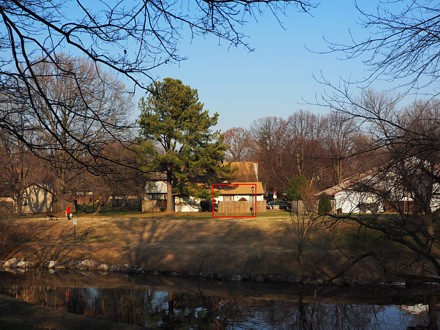
|

| |
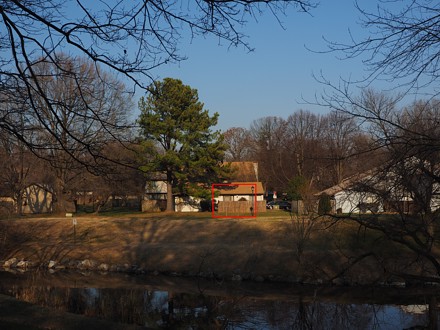
|
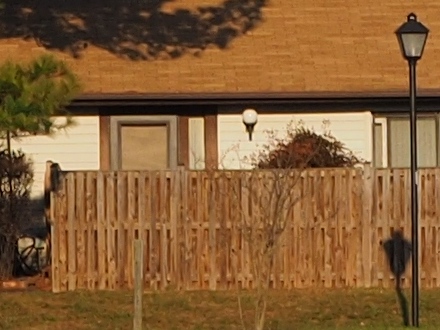
| |
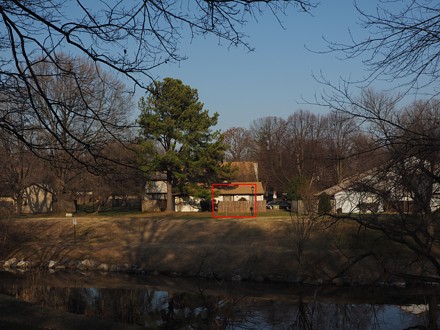
|
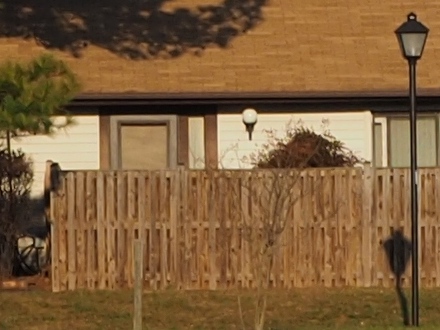
| |
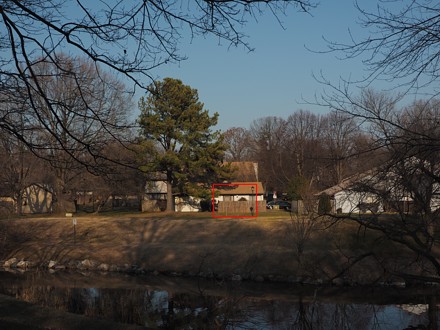
|
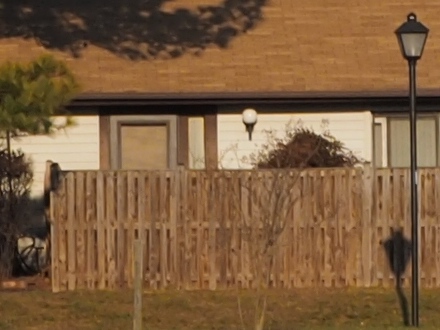
|
|
The side-by-side comparison between these samples is not so easy, especially on flat-screen monitors, where the conrast, color, and tonality usually depends on the vieving angle. If you want to view them critically, download the samples (or full-size images) to a separate folder anf .f through them full-screen in sequence, using any image viewer (if your viewer cannot do that, download the free FastStone and thank me later).
Updated 2017/10/30: now you can compare 1:1, screen-sized fragments of these images in the just-developed Flipper — that's so much better! Here are my observations.
Sometimes I hear: "I don't have time for postprocessing, too many pictures!" Listen: if a picture is not worth spending another 30 seconds on some quick-and-simple postprocessing, it means it wasn't worth taking at all. The bottom line is: in the E-M1 I don't like the i-Enhance mode at all (although it is not as disastreous as it was in the E-M5). I'm sticking to Natural, additionally reducing sharpness by 2 and contrast by 1, also setting noise filter to Low or even Off. It is always possible that the i-Enhance mode will be better for less contrasty, more muted scenes. But it certainly does not automatically provide "more impressive looking" (whatever that means) results for any subject I've tried. Appendix: Parameters and their adjustments As I discovered in the E-Series SLRs, each of the three numeric parameters (Contrast, Sharpness, Saturation) consists of two parts. One of them (hidden) is implied by the Picture Mode, the other is whatever the user enters as a correction. The totals can be checked with use of a better EXIF data reader, like Phil Harvey's ExifTool. Here are the base values for the common Picture Modes; they seem to be the same across all models and identical to those used in the E-30. (Of course, even if the valuess remain the same, their actual effect may be tweaked from one camera model to another.)
The zero base values in the i-Enhance mode may be a bit misleading; these values can be still affected, if indirectly, by different processing applied. The same may be true for the Portrait mode, where, I suspect, the mid-tones may be moved up a bit. All this means that, for example, the Natural mode with sharpness and saturation entered as +1 should give results identical to Vivid with these two at 0. |

|
My other articles related to the |
| This page is not sponsored or endorsed by Olympus (or anyone else) and presents solely the views of the author. |
| Home: wrotniak.net | Search this site | Change font size |
| Posted 2013/12/13, last updated 2017/10/30 | Copyright © 2013-2017 by J. Andrzej Wrotniak |